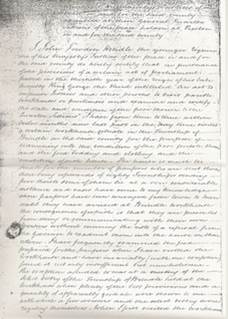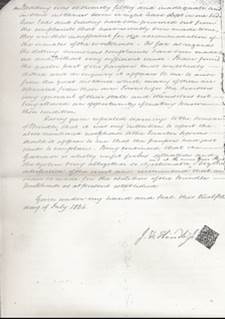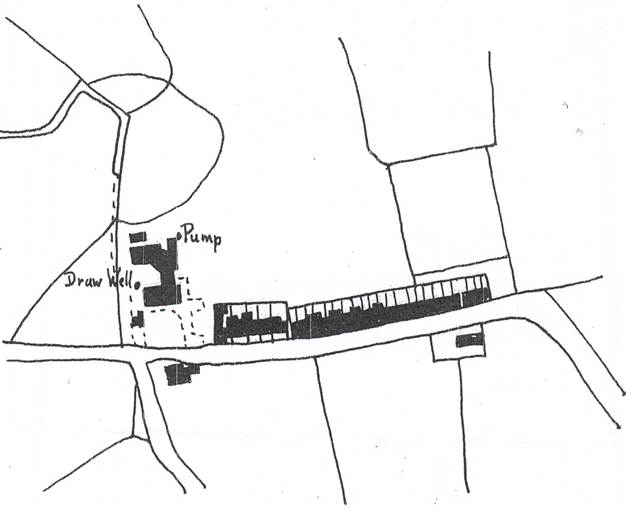

The number of paupers in the workhouse continued to expand until the early 1800’s when around 80 townships were recorded as sending their poor there. Brindle Workhouse soon gained a national reputation for taking cases than no one else would, and in 1760 was one of the few large workhouses in Lancashire with over 60 paupers. The 1825 Baines Lancashire Directory referred to it as ‘a general receptacle for pauper lunatics and the idle and refractory poor’.
At its peak, the workhouse housed between 200 and 300 paupers in harsh conditions. In 1826, Jourden Hindle, local Justice of the Peace, thought the conditions so dire that he requested the closure of the workhouse, as can be seen in this letter (pictured).
 |
 |
Conditions improved after the house was absorbed into the official Poor Law Union System, but Brindle workhouse still made the national press. At least twice in the late 1850s and ‘60s, there were sensationalized accounts of brutal deaths that resulted in prison sentences for workhouse staff. Newspaper articles of the time (pictured) refer to an inmate ‘being restrained by leg locks’ whilst another was beaten to death by a warden.
Eventually the workhouse closed over the Christmas break at the end of 1871, with the paupers being transferred to the new workhouse at Eaves Lane in Chorley. Although much of the workhouse is now gone, where the buildings would have been can be seen on this map from 1844. There is also an artist’s impression of how the workhouse might have looked at maximum capacity.

Artist’s Impression of site 1884 |

Tracing of the 1844 O.S map |
Some exploratory archaeology has been carried out by the Lancashire Archaeological Society and students from UCLan, photos of which can be seen in the gallery page, but we hope to conduct a more thorough dig, possibly with funding from the national lottery.
Currently, the site is commemorated by a small plaque set into the western boundary wall. This is the only memorial that remembers the paupers who lived there.